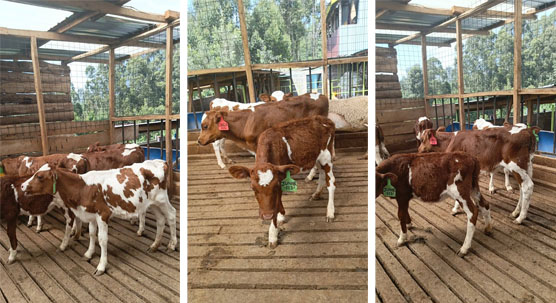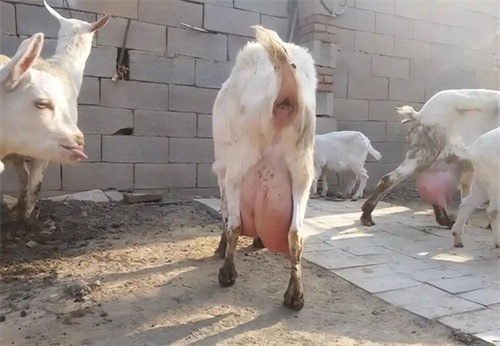Various intra-abdominal diseases in dairy cows can seriously affect the production performance of dairy animals and have a significant impact on the dairy farming industry. Fatty liver, cholecystitis, and true gastric displacement are common and high incidence diseases in dairy cows. Foreign studies have shown that B-ultrasound can be used for rapid and real-time detection of abdominal organs such as the liver, gallbladder, spleen, true stomach, and kidneys in cows, which is beneficial for early diagnosis, prevention, and treatment of diseases. However, there is still relatively little research in China on the use of B-ultrasound exploration technology and its clinical application in the abdominal organs of cows, which hinders the early diagnosis and prevention of abdominal organ diseases in cows.
Generally, B-ultrasound abdominal examination is performed on cows using a convex array variable frequency probe with a center frequency of 3.5 MHz. The right kidney can be detected in the 12th intercostal space and the posterior edge of the 13th rib arch near the back of the cow's right abdominal wall, while the left kidney is difficult to detect through the body surface. When using B-ultrasound to detect the right kidney in cows, there is a certain distance from the probe to the midline of the back. The cow's kidney as a whole presents an irregular multi nipple shape. When using a B-ultrasound probe perpendicular to the body surface, an elliptical structure can be observed in the renal pelvis section, and the renal medulla shows weak echo intensity and homogeneous light spots. The echo intensity of the renal cortex is slightly lower than that of the liver, and the light spots are thin and dense.
The liver can be detected in the 7th to 12th intercostal space and the posterior edge of the 13th rib arch on the right side of the abdominal cavity of cows. In the ultrasound images of cows, the liver shows weak echoes, homogeneous and fine light spots, and uniform brightness. The shape of the liver is slightly rectangular, with the head located between the 7th rib. At this point, there is a significant distance from the upper edge of the liver detected by ultrasound to the midline of the back in cattle.








